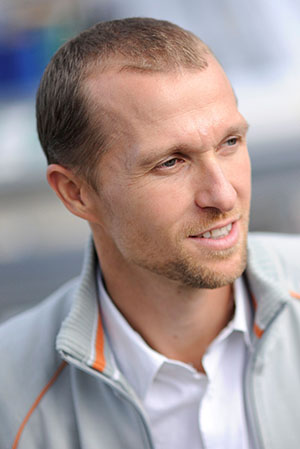High-performance computing is evolving so fast, and this determines what we can do in research. This is extremely exciting. I couldn’t have anticipated it.”
Dr. Anthony Wachs is a professor with a joint appointment in the departments of Mathematics and Chemical and Biological Engineering. He received his bachelor’s of science from Université Louis Pasteur and his master’s and PhD from Institut National Polytechnique de Grenoble. He then worked as a fluid mechanics research engineer at IFP Energies nouvelles (IFPEN, formerly Institut Français du Pétrole) in Paris. He joined UBC in 2015.
His main research interests are in fluid dynamics, non-Newtonian flows, multiphase flows, numerical simulation, and high-performance computing.
Impact of ARC Sockeye
Anthony jokes that he first started his studies in what he calls the Stone Age of computers when multicore machines did not exist.
“High-performance computing is evolving so fast and this determines what we can do in research. This is extremely exciting. I couldn’t have anticipated it,” He says. For example, the largest computation Anthony ran during his PhD twenty years ago featured 400,000 degrees of freedom. Today most of his students routinely run equations on 512 cores for computations featuring 200-million degrees of freedom.
Anthony is grateful for Sockeye. Without it, he couldn’t conduct his research, he says. “The ARC team is dedicated and responsive. I look forward to seeing Sockeye expand in the future.”
For more information and to apply for an allocation, visit: https://arc.ubc.ca/about-arc
